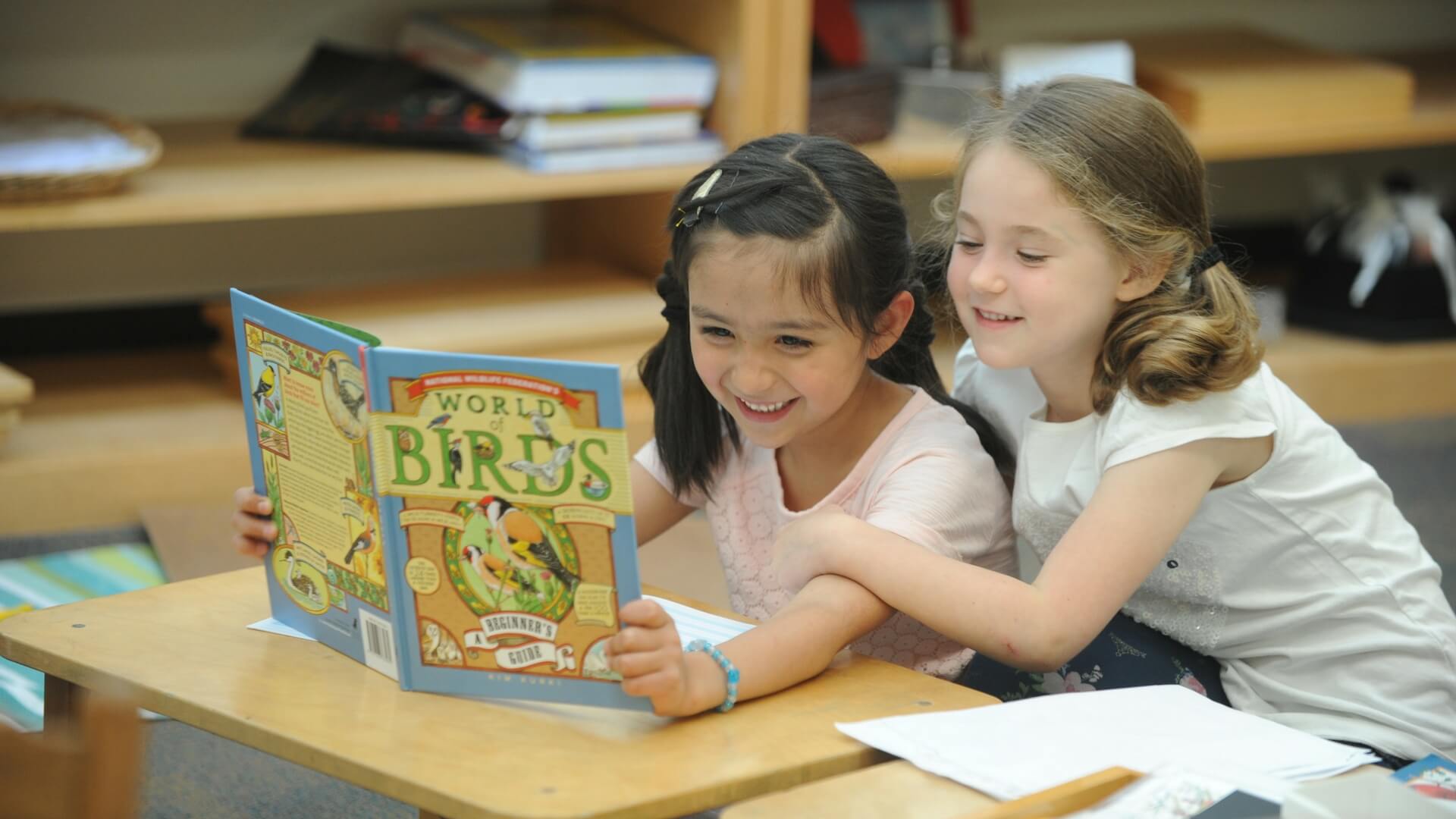Montessori education is a system of teaching that has been used for more than 100 years. It was first developed by a physician and educator named Dr. Maria Montessori. Her philosophy is that children should have the freedom to choose how they learn, and they should be treated as individuals who can learn any material at any time in their development.
One of the most important aspects of Montessori education are the 5 Core Components.
What Are the 5 Core Components of Montessori Education?
One of the most important aspects of Montessori education are the 5 Core Components:
1) Individual work
The first core component is individual work. This is when a child has their own workspace and materials where they can explore and learn on their own. It’s not coordinated instruction or learning in front of a teacher; rather, it focuses on self-direction and independence.
2) Freedom to work at your own pace
The second core component is the freedom to work at your own pace. This means that children are given the time and opportunity to learn what they want to learn when they’re ready. There isn’t a set schedule that determines when they need to learn something because they can progress at any time during their development.
3) Sensorial activities (touch, movement, sight, sound)
The third core component is sensorial activities (touch, movement, sight, sound). In this type of education, children are encouraged to use all five senses in order to explore various materials and objects.
4) Self-directed study
The fourth core component is self-directed study. This means that children have objectives but don’t always have specific instructions on how to accomplish them–they must figure out how to do it themselves using only their curiosity as a guide.
5) Peaceful environment
The fifth core component is peace and respect for others.
Why Use a Montessori Approach?
Montessori education is an educational approach that gives children the freedom to choose how they learn and teaches them to work independently.
Montessori schools are made for children ages 2 to 14. It doesn’t follow a traditional curriculum but instead invites the children to explore their environment and choose what they want to learn about. There is no predetermined schedule and no bells ringing for recess or lunch. All of these things allow children more freedom in their learning process.
Children can work at their own pace, and there are no deadlines for assignments or tests. This means if a child needs more time on something, they can take as much time as they need without being judged in any way. This self-directed study and independence allow the child to grow at their own pace.
Children also have many opportunities for sensory exploration; this includes touch, movement, sight, and sound! They use these five senses through self-directed studies, where they investigate different objects around them or talk with others about what they find interesting.
The Montessori Classroom has an environment designed to be peaceful: soft lighting and calm music help create a relaxed atmosphere that nurtures students’ concentration skills. In addition, the Montessori philosophy emphasizes the idea of letting kids be kids!
The Benefits of Montessori Education
1) Montessori education is hands-on.
2) It encourages children to explore their surroundings and discover new things about themselves, the world, and what they want to do in life.
3) It provides a way for children to learn at their own pace, which many believe has long-term benefits.
4) It helps children develop self-control and independence, which will help them throughout life.
5) The curriculum reinforces values that are important to the child’s well-being (such as purity of thought and physical health).
6) There is some evidence that it produces better-educated citizens because it emphasizes the fundamentals of reading, writing, math, science, history, and geography.
How to Start Montessori at Home
It’s not hard to give your child an introduction to Montessori education at home. You can start with some of the following activities:
1) Give your child a set of blocks and allow them to spend time exploring how they fit together
2) Let your child choose their own books from the library or bookstore
3) Play games that involve counting and math (Candyland, Chutes, and Ladders, Go Fish).
4) Read a story with them, then have them act out the story
5) Have your child pretend to be a character in the story. Ask them to draw their character before they play.


